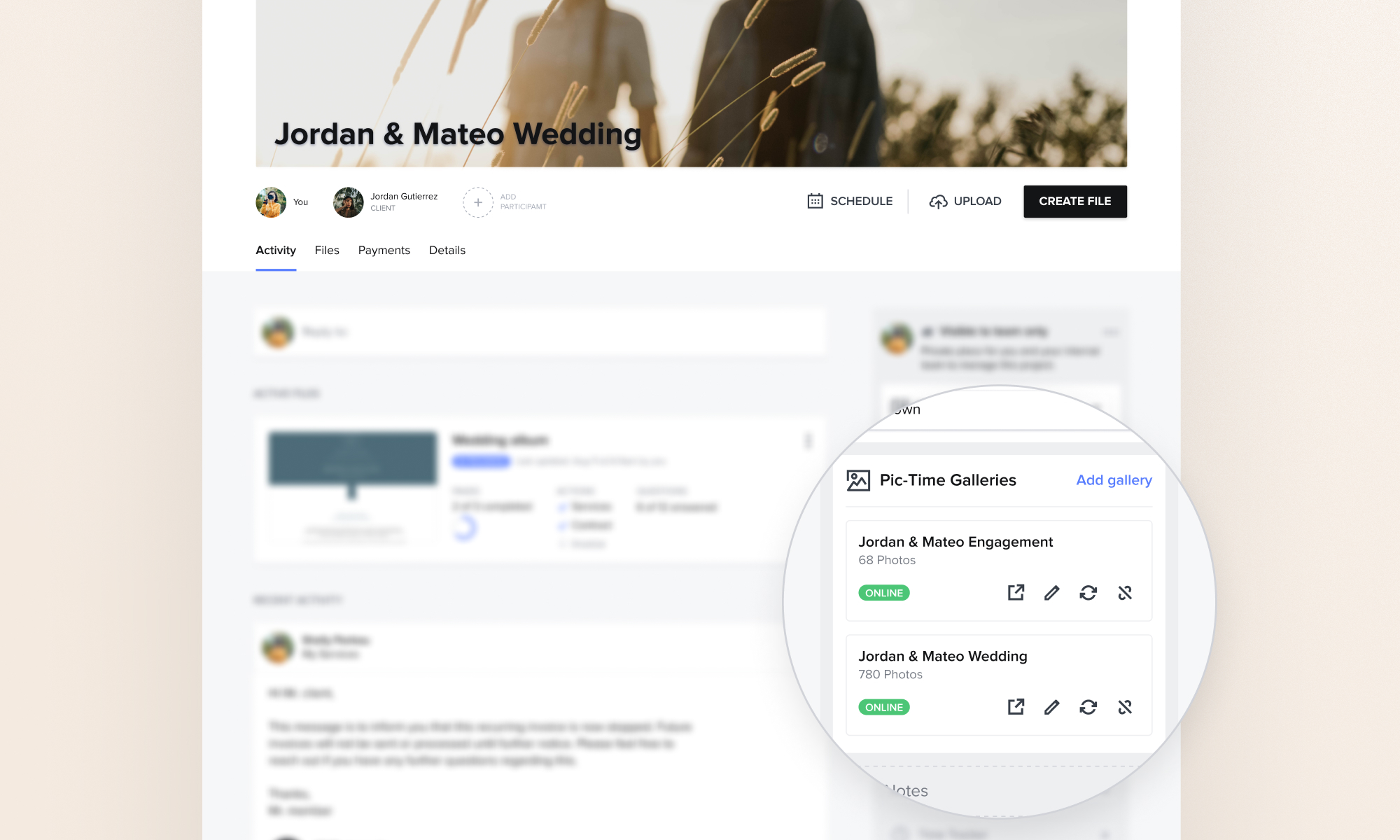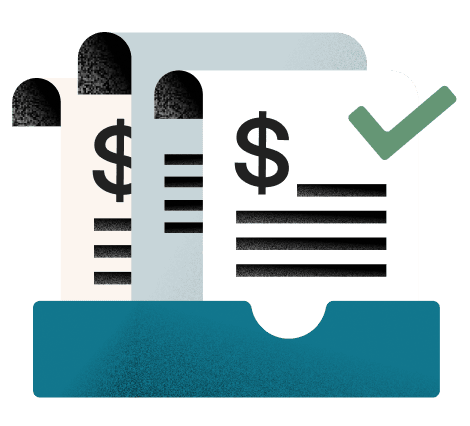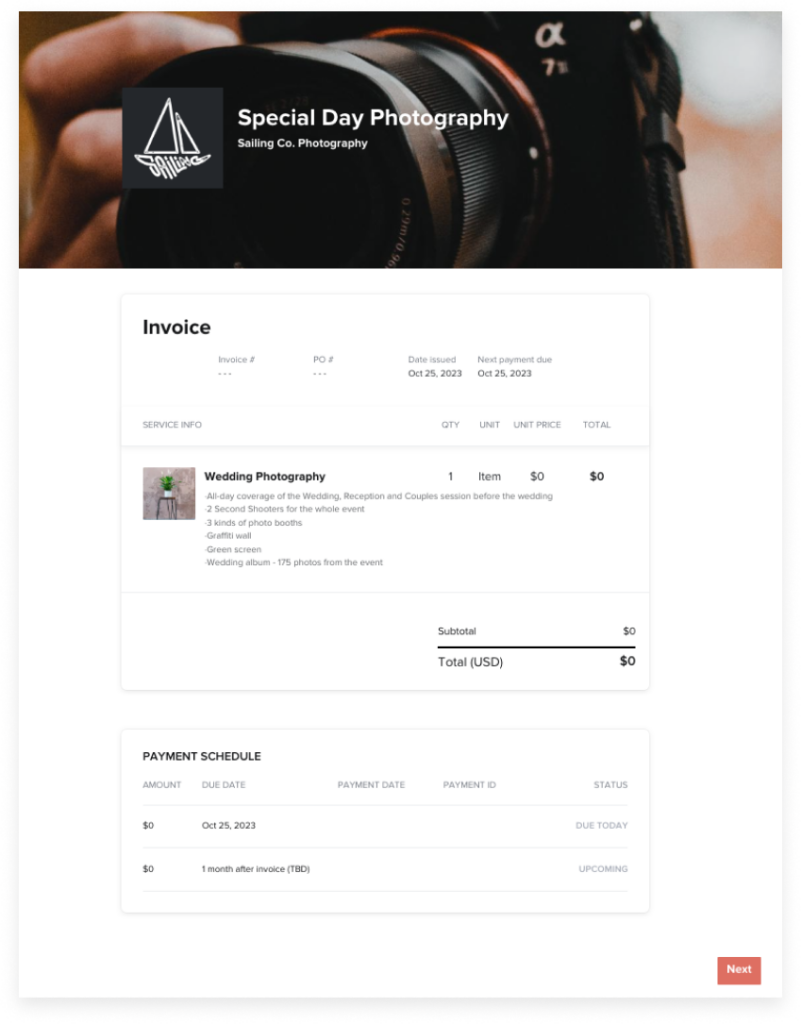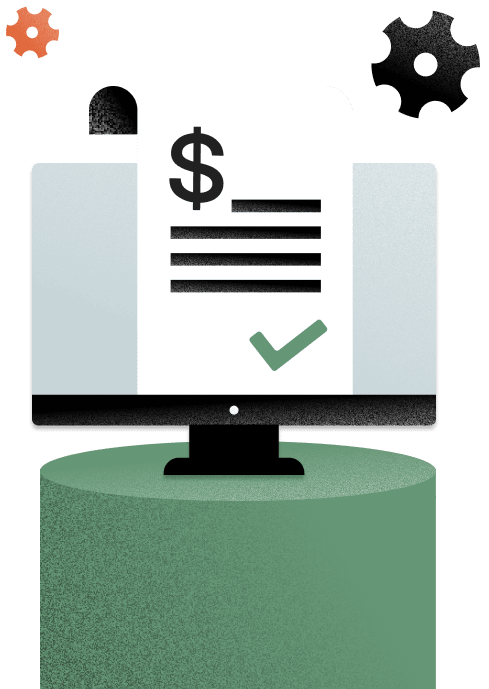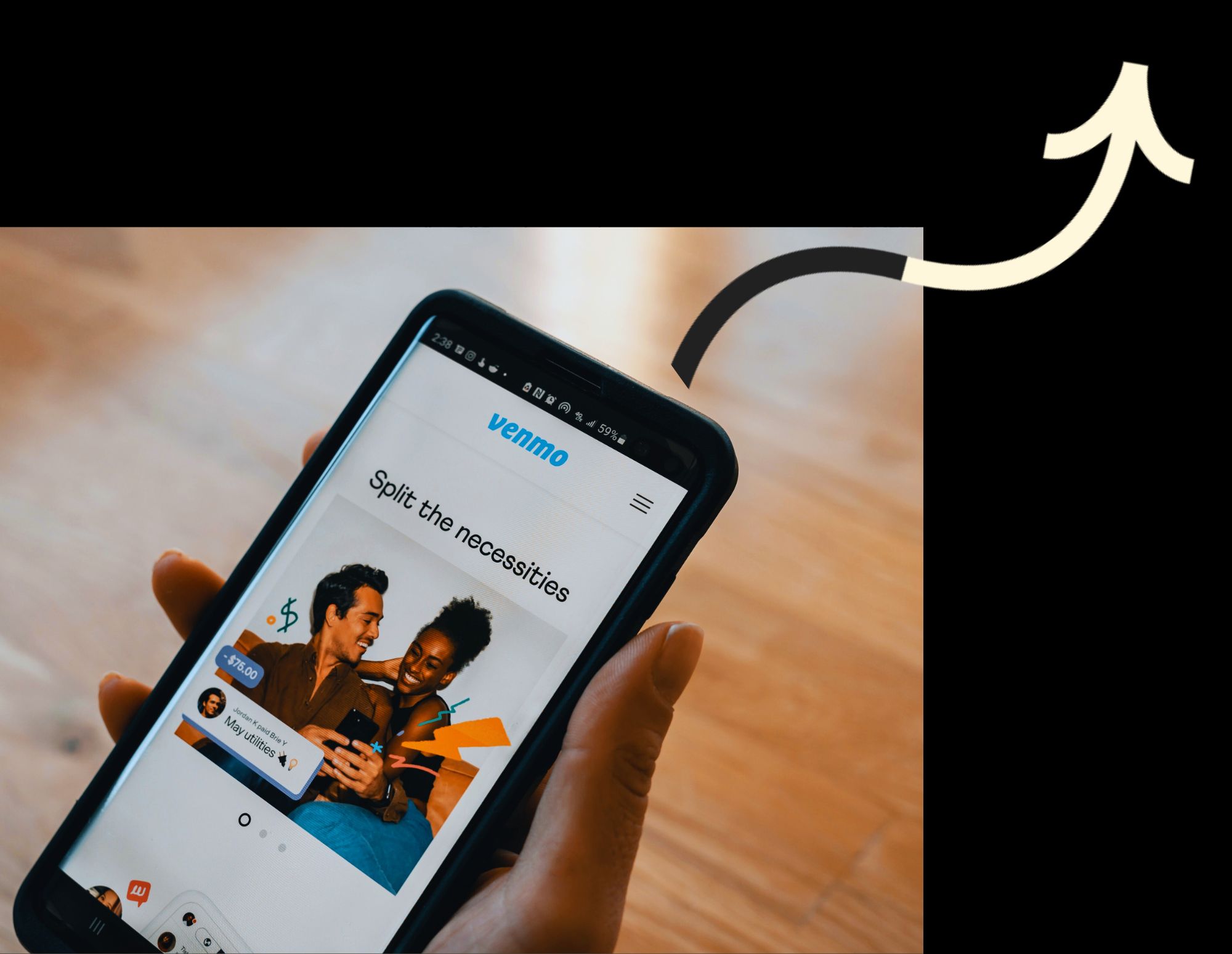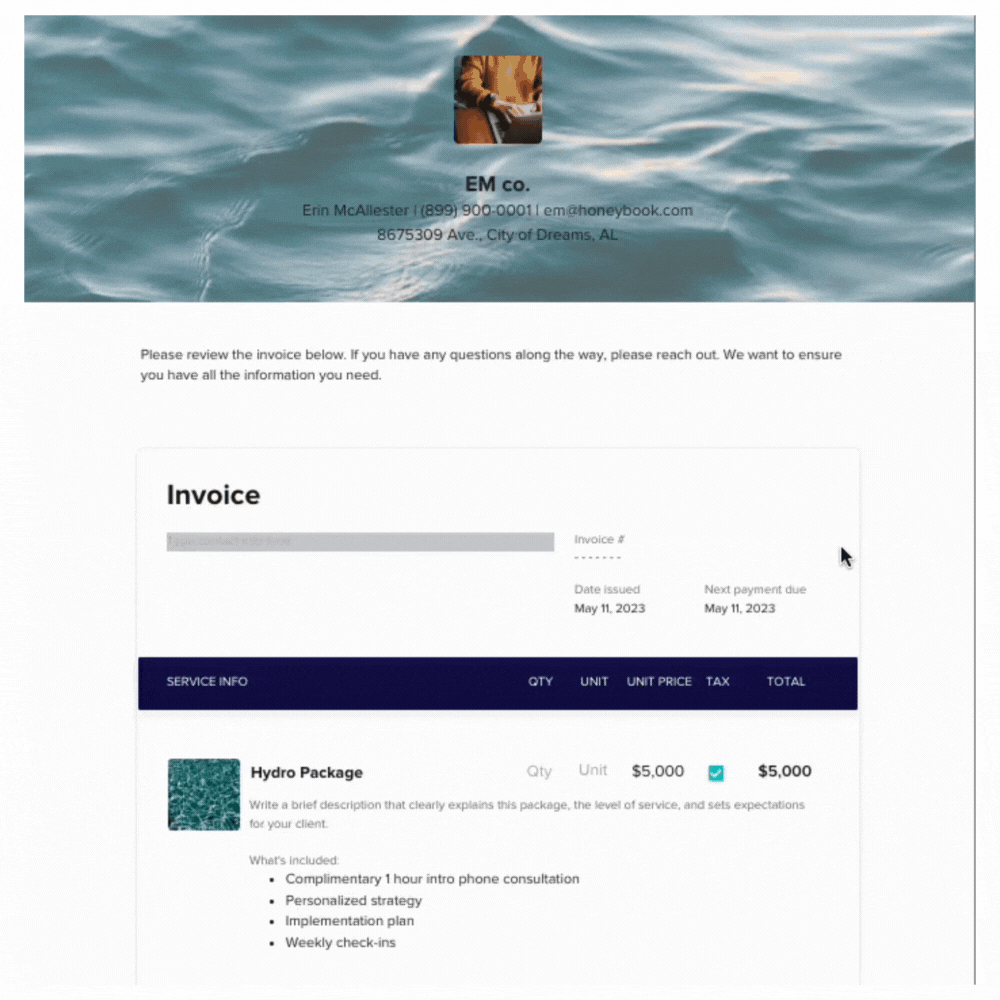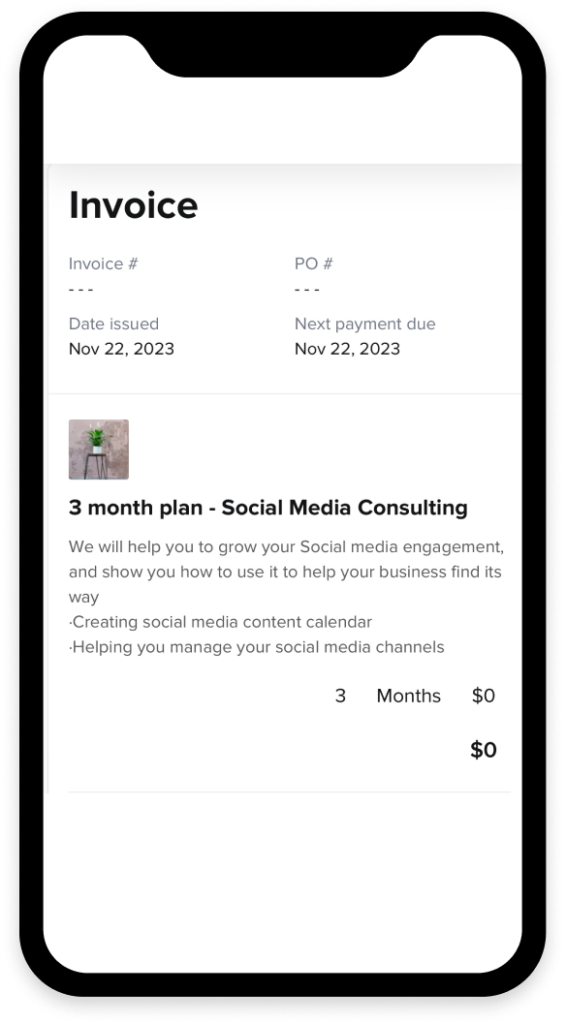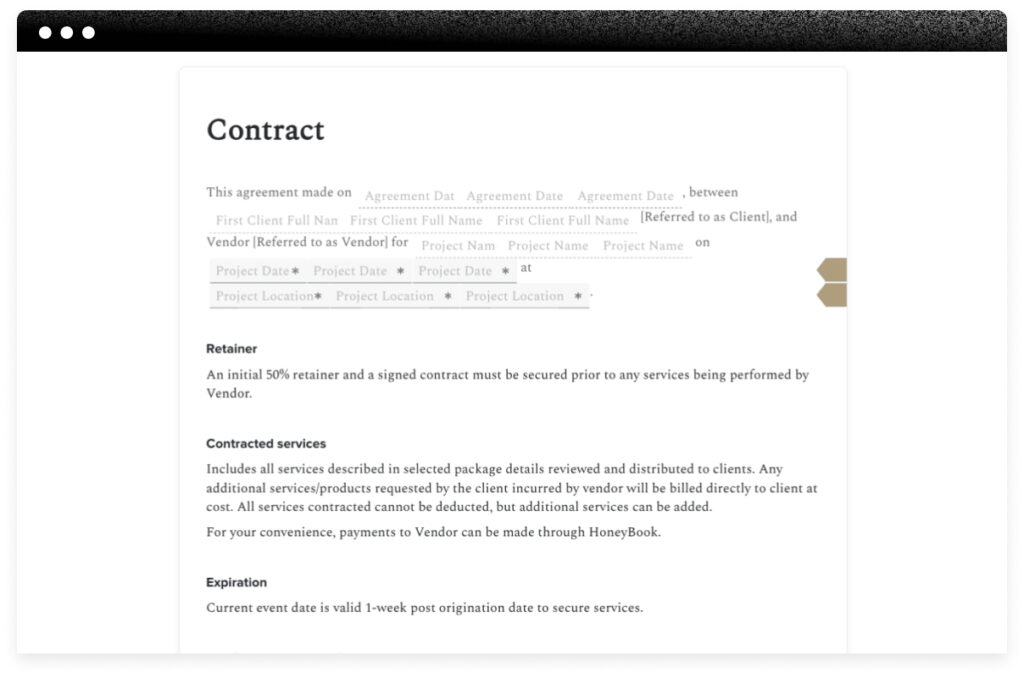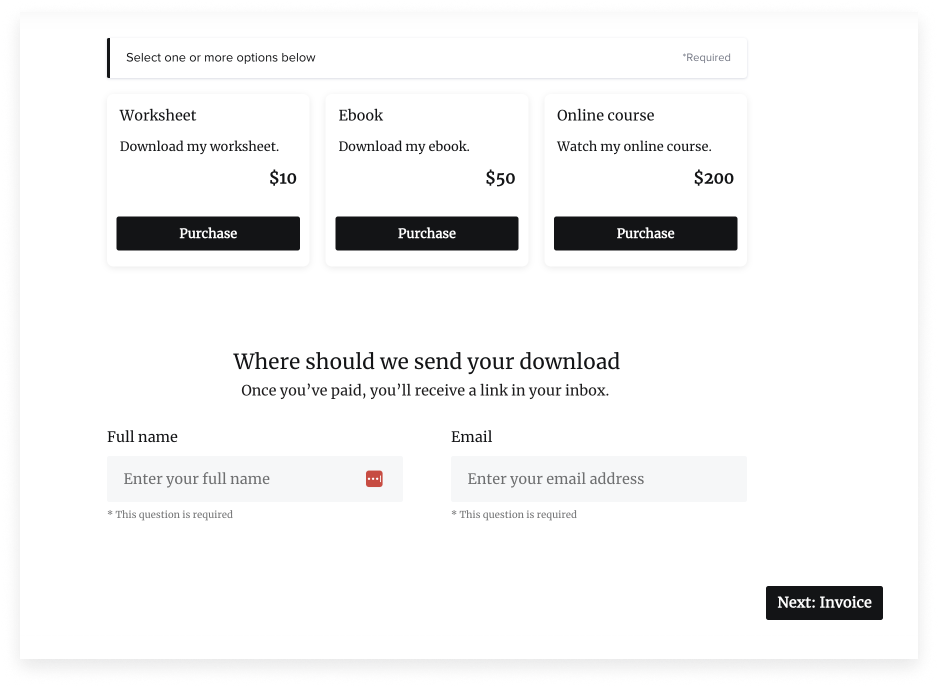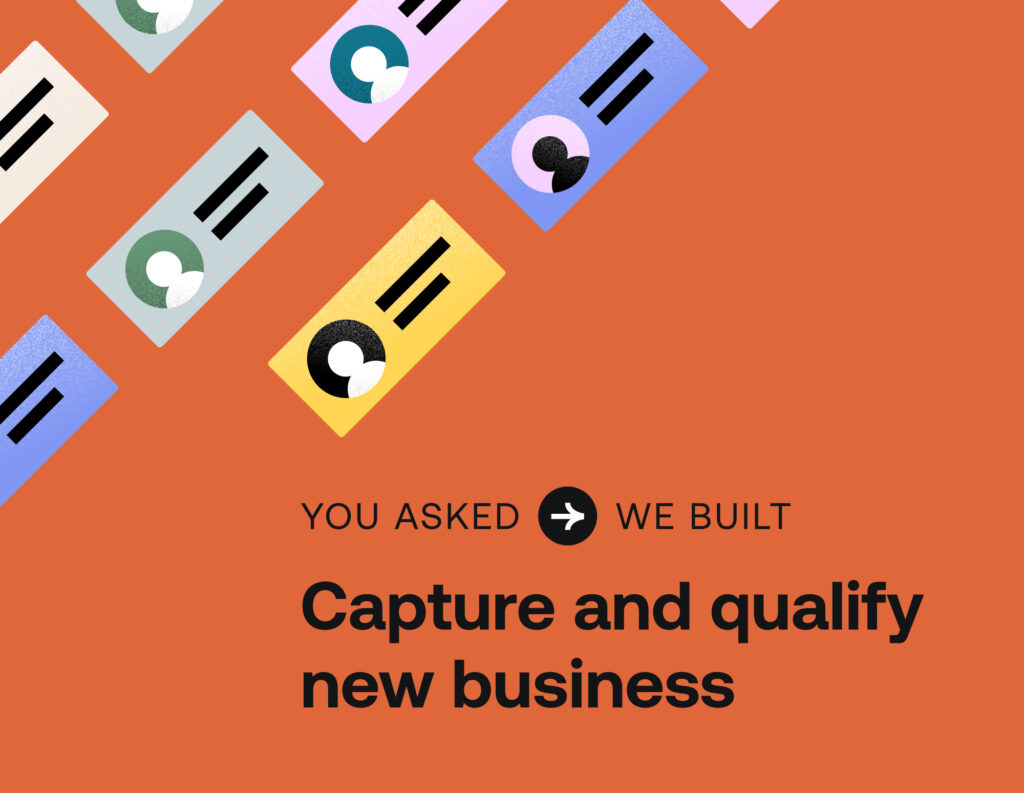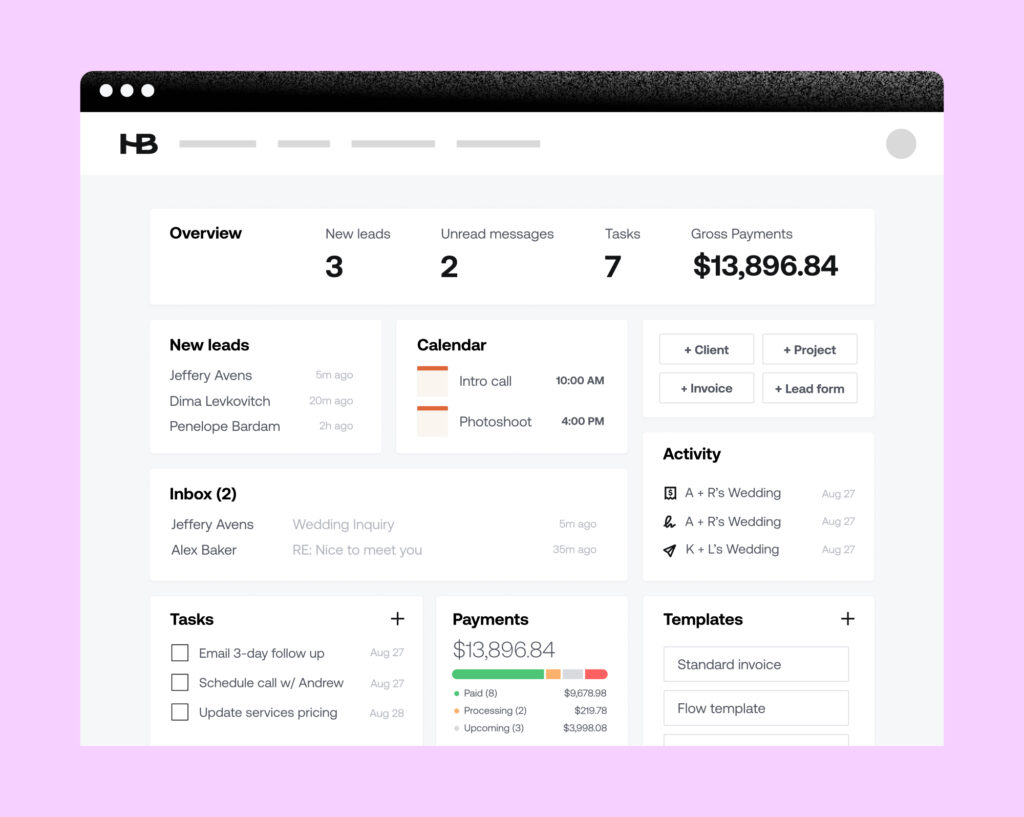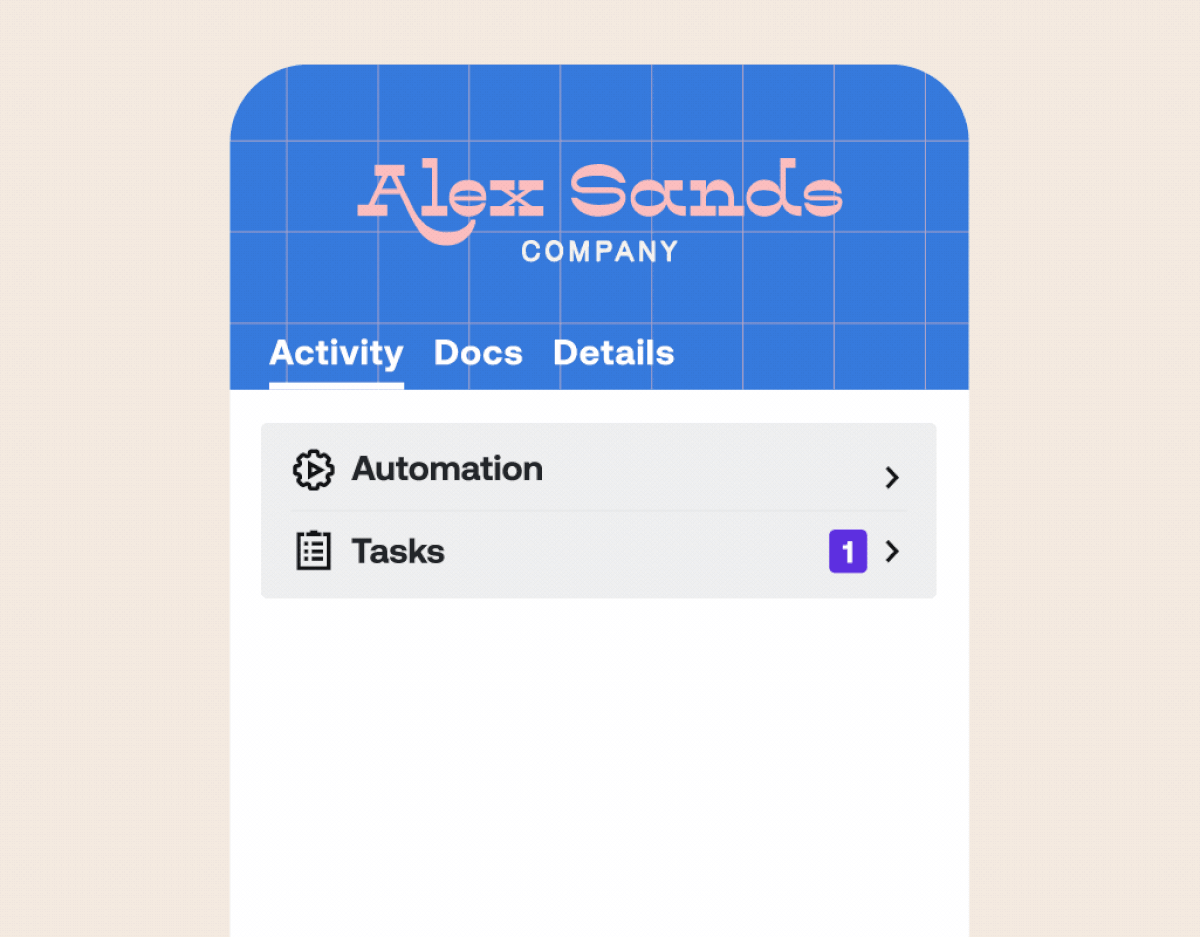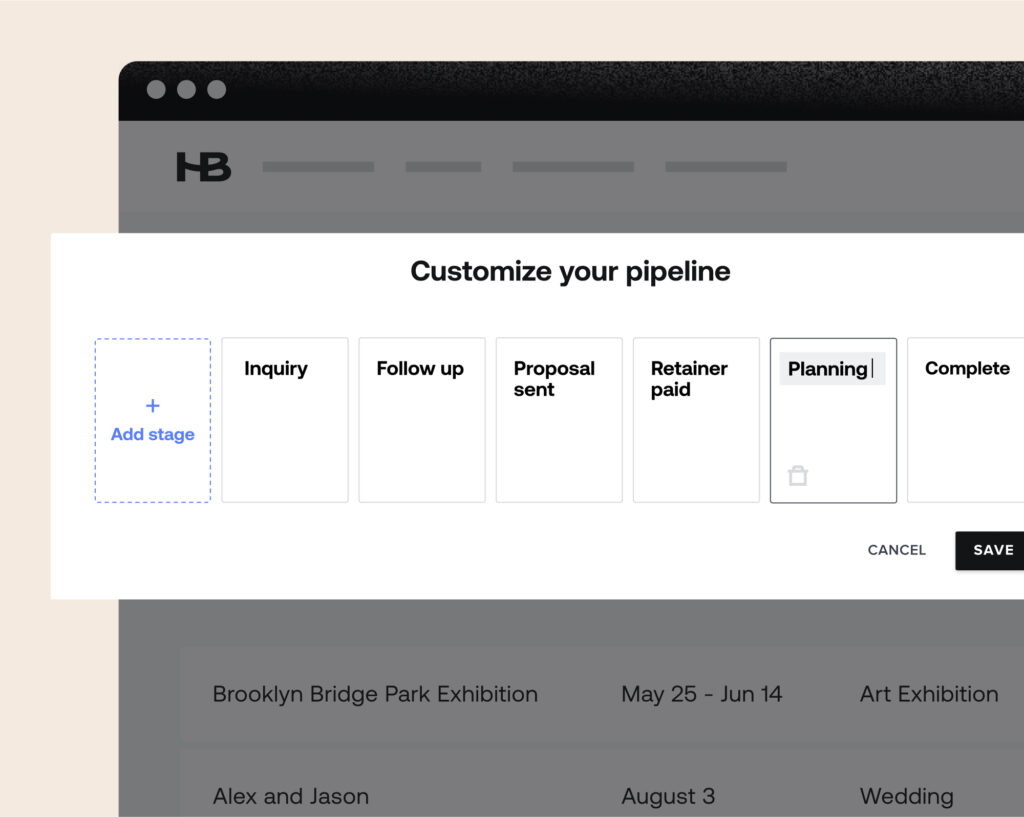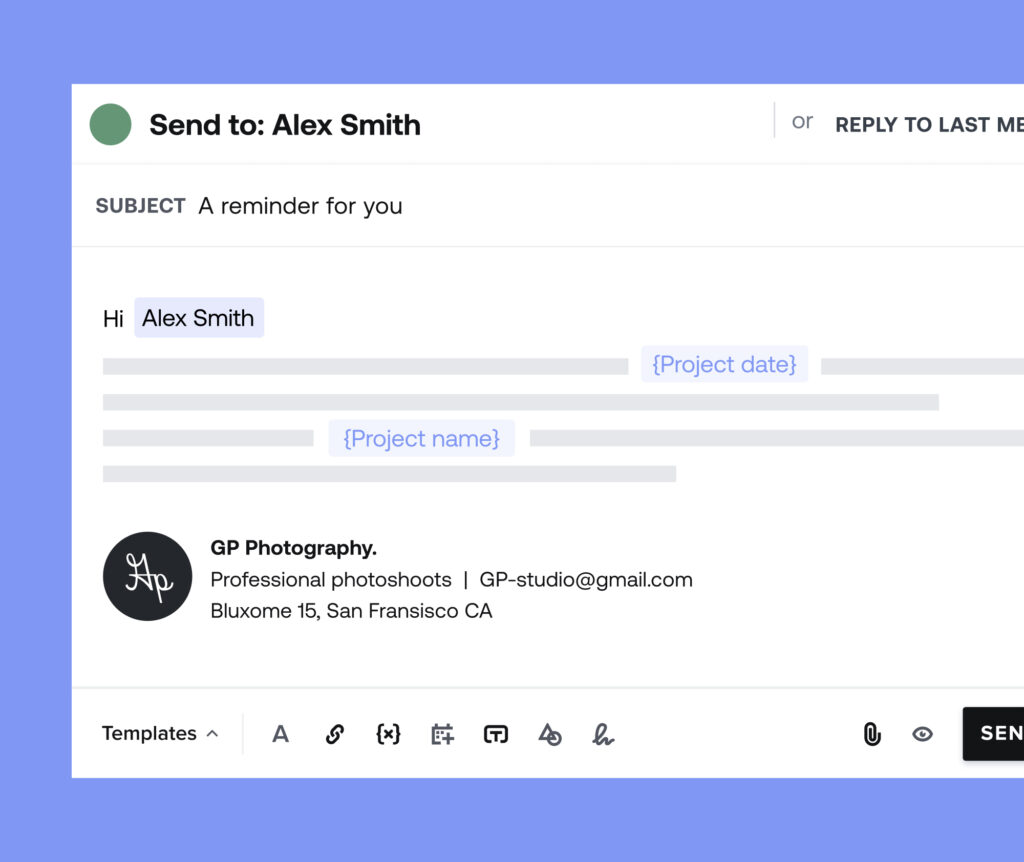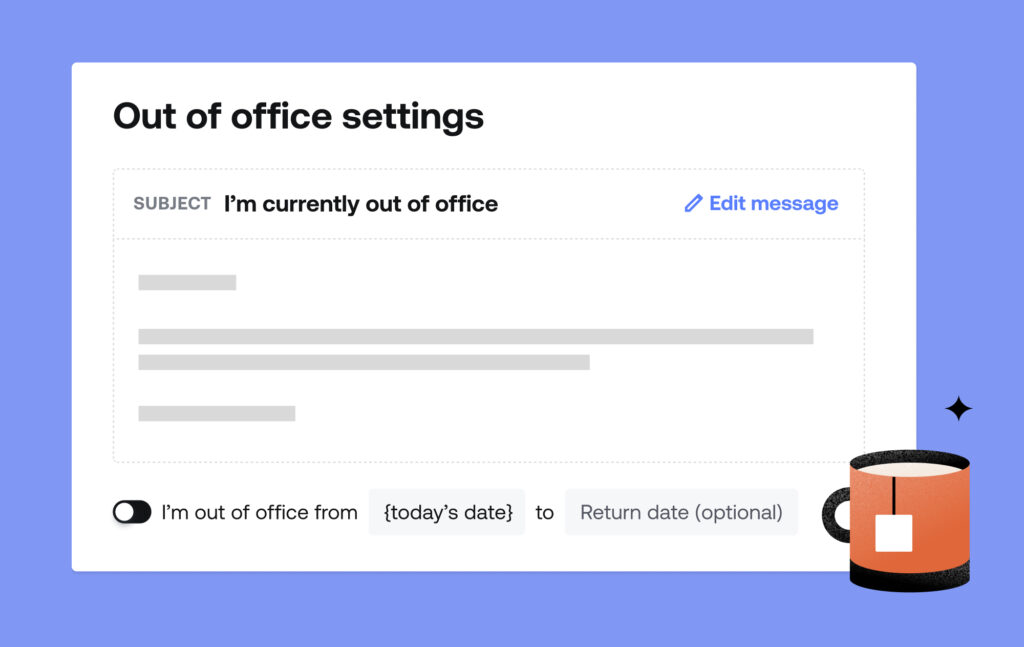HoneyBook proudly celebrates small and independent businesses whose vitality and entrepreneurial spirit drive innovation, job creation, and economic resilience. In honor of Small Business Month, we’ve compiled a curated list of articles that provide a comprehensive look at how small businesses are leveraging artificial intelligence (AI) to streamline operations, enhance customer experiences, and drive growth.

Imagine you’re on a hero’s journey, and this HoneyBook post is your sherpa. However, instead of traversing steep mountains or dense jungles, we’re helping you navigate the complex landscape of how AI can transform businesses.
The following articles offer a comprehensive view and provide in-the-field insights into how small businesses use AI to enhance their operations, competitiveness, and innovation. They cover both the opportunities and challenges associated with this transformative technology.
Wait, there’s more! You’ll find a list of best practices on how to plan and implement AI solutions, along with a list of leading AI tools to help elevate your business’s performance, including the latest AI innovations from HoneyBook. Spoiler alert: these innovations can help you grow revenue by speeding up your response to your most promising leads.
Jump to:
- Excel with AI
- 9 tips for successfully implementing AI in your business
- 19 AI-powered tools to transform the performance of small businesses
- HoneyBook AI: Find your ideal leads, reply fast, grow revenue
Excel with AI
Looking for AI super-powered tools to give your business a competitive advantage? How small businesses are using AI—and how your business can benefit too highlights 10 programs that utilize AI to help businesses streamline their operations, enhance customer experiences, and achieve growth.
Here’s how AI can help you immediately jumpstart your growth efforts. Artificial intelligence for small business: the complete guide covers 12 use cases for how AI can transform you into a content marketing maven, an advertising oracle, a leads bloodhound, and more. It lists 10 tools that small businesses can easily adopt and afford.
Success using AI starts with good communication. How SMBs can make the most of AI tools includes best practices in how to phrase and formulate prompts that guide AI to produce the desired output and improve the accuracy of AI responses.
What does marketing success look like? Check out Small businesses and their CEOs are starting to find success with AI. A Constant Contact study reveals that SMBs are leveraging AI-powered tools to improve their creativity, get closer to their target audiences and drive more sales volume. 40% of SMBs using AI for less than six months have seen quick results, and that number jumps to 57% after one year.
How many ways can AI improve your business? In 8 Smart Ways for Small Businesses to Leverage Generative AI, you’ll learn how generative AI can automate repetitive tasks, enhance customer support, accelerate the production of compelling content creation, mine insights in your data for informed decision making, help create stunning graphics, and elevate fraud detection and security.
Imagine a guide that describes the latest and best AI tools and how to apply them in your business. AI tools for small business: the 2024 guide will help you unlock the full potential of AI in ways you may not have thought possible.
Leapfrog your competition. Harnessing AI For Competitive Advantage: a Guide provides a comprehensive guide on harnessing AI for competitive advantage, offering strategic insights and practical tips for small businesses to leverage AI effectively in enhancing marketing, sales, customer experience, and finance.
Learn 5 ways AI can create a better and more personalized customer experience. Can AI Solve Your Customer Service Problems? explores how AI can improve efficiency, personalize interactions, surface deep customer insights, and enhance client satisfaction.
Scale your small business marketing efforts with AI. How to Use AI for Small Business Marketing (With Examples) is the perfect guide for the independent business owner seeking practical applications of AI to transform their marketing efforts. It concludes with a section on how to design an AI Marketing Strategy for small businesses.
The title says it all. 10 Real-Life AI in Marketing Examples and Use Cases is both informative and inspiring, as you not only see great examples of AI in practice but it also provides a comprehensive list of applications for you to use in creating your own content.
While on your journey to jumpstarting your AI knowledge, it’s important to remember that while AI can perform certain tasks better and faster than humans, many tasks are uniquely human and cannot be easily automated (nor should they be). They require creativity, innovation, interpersonal skills, critical thinking, problem-solving, leadership, and mentorship. So, while AI may replace some human to-dos in business, let’s not forget the value and importance of human skills.
As artificial intelligence evolves, we must remember that its power lies not in replacing human intelligence, but in augmenting it. The true potential of AI lies in its ability to amplify human creativity and ingenuity.
Ginni Rometty, Former CEO of IBM
9 tips for successfully implementing AI in your business
You’re now excited about AI and how it could take your business to a new level of performance and profitability. But you’re wondering, how can I make it happen? What are the steps to turning the potential of AI into reality? We’ve got you covered. When choosing an AI tool for your business, there are several factors you should consider to ensure that the tool aligns with your specific needs and goals. You need to:
- Develop a budget: Determine your budget and look for AI tools that offer cost-effective solutions. Many affordable options are designed specifically for small businesses, such as open-source tools or scalable cloud-based services.
- Determine business needs and pain points: Identify and prioritize the areas in your business where AI can have the most significant impact. This should include the areas in your business where you face challenges or inefficiencies.
- Assess your current processes: Not only should you identify your business needs and pain points, but also evaluate your current processes and identify areas where AI can streamline operations and improve productivity. This could include automating repetitive tasks, streamlining workflows, or enhancing customer experiences.
- Evaluate ease of implementation: How easy is it to implement and integrate the AI tool with your existing systems and technology. This will help you avoid any unnecessary complications during the implementation process.
- Look for ease of use: Choose an AI tool that is user-friendly and requires minimal technical expertise to deploy. Many AI service providers offer user-friendly platforms with support and training resources.
- Aim for scalability: Consider AI tools that can grow with your business. As your business expands, you may need to scale up your AI solution to accommodate increased data and more complex tasks.
- Think about integration with your current systems: Ensure that the AI tool you choose can integrate seamlessly with your current systems, such as CRM, marketing automation, or customer service platforms.
- Factor in return on investment (ROI): Consider the expected return on investment (ROI) of the AI tool. Look for tools that can provide measurable benefits such as reduced response times, increased sales, or improved customer satisfaction.
- Offer data privacy and security: Ensure the AI tool you choose complies with relevant data protection regulations and implements robust data security measures to protect your business’s sensitive information.
Considering these factors will help you choose an AI tool that aligns with your small business’s budget and help you achieve your goals and objectives. The bottom line is that you’ll be ready for this new era of AI.
19 AI-powered tools to transform the performance of small businesses
AI for content creation and design
Frase
Frase is an all-in-one content creation and optimization platform that leverages AI and data insights to help businesses and content creators develop high-performing content more efficiently.
Grammarly
Grammarly is an AI-powered writing assistant that automatically corrects your grammar, improves your writing, and offers recommendations on what tone and language to use in your writing.
HyperWrite
HyperWrite is an AI-powered writing assistant and productivity tool that helps streamline your content creation, research, and online workflows.
Jasper.ai
Jasper.ai is an AI-powered content generation tool that writes social media posts, website copy, and blog posts for you.
Notion
Notion combines note-taking with other productivity features, including calendaring and databases for efficient planning and task tracking. AI-powered features include text generation, task automation, and content optimization.
Otter.ai
Meeting assistant tool that records conversations, takes notes, transcribes interviews, and generates summaries.
rasa.io
rasa.io is an AI platform that generates personalized, smart newsletters and automates the newsletter production process. You can create an automated newsletter that is personalized to each individual recipient.
DALL-E 3
DALL-E 3 is an artificial intelligence system that takes a text prompt as input and generates a new image as output.
Synthesia
Synthesia is an AI-powered video generation platform that allows users to create professional-looking videos without the need for cameras, actors, or traditional video production methods.
Lumen5
Lumen5 is an AI-powered video creation tool that makes it quick, easy and professional for anyone to create engaging social media videos from written content.
AI for Planning and Analysis
Tableau
Tableau is a leading data visualization and business intelligence software platform that enables users to connect to diverse data sources and create interactive, insightful data visualizations and dashboards.
Upmetrics
Upmetrics is an comprehensive AI-powered business planning solution that aims to help entrepreneurs and organizations create high-quality, data-driven business plans.
ClickUp
ClickUp is an all-in-one productivity platform that brings teams, tasks, and tools together in one place to help users and organizations be more productive.
Motion
Motion AI-powered productivity and task management software, which is designed to help automate and optimize daily planning and workflows for individuals and teams.
AI for Customer Service
Zendesk
Zendesk streamlines complex customer support through its robust AI platform. You can create and deploy customized chatbots and integrate help centers for easy self-serve options.
Drift
Drift leverages real-time chat, chatbots, and integrations to improve lead generation, sales, and customer experience.
Exceed.ai
Exceed.ai is a conversational AI marketing platform that helps you engage every lead and set more qualified meetings using authentic two-way email and chat conversations.
AI for HR
Sniper AI
AI-powered HR management tools help small businesses automate HR tasks and gain useful insights into employee engagement levels, satisfaction, and performance metrics.
Mantal
Manatal is a comprehensive recruitment and applicant tracking software specifically designed to streamline and optimize the hiring process for HR departments, recruitment agencies, and headhunters.
HoneyBook AI: Find your ideal leads, reply fast, grow revenue
HoneyBook’s latest AI technology assists independent business owners in efficiently managing their leads and increasing revenue by providing personalized responses to high-value prospects promptly. Studies show response time is a critical factor in converting leads into sales.
AI composer drafts a response to a client email using project context, historical conversation context, and tone, thereby saving the HoneyBook user time in crafting responses. The AI composer feature is optional.
Priority lead predicts booking likeliness and high-revenue potential. The model recognizes your most valuable leads and notifies you about them right away.
HoneyBook believes AI is a valuable tool for independent business owners, helping them unlock new opportunities and overcome challenges. AI composer and priority lead notifications are just the beginning of AI-powered innovations that will be incorporated within the HoneyBook platform to enhance the client experience.




